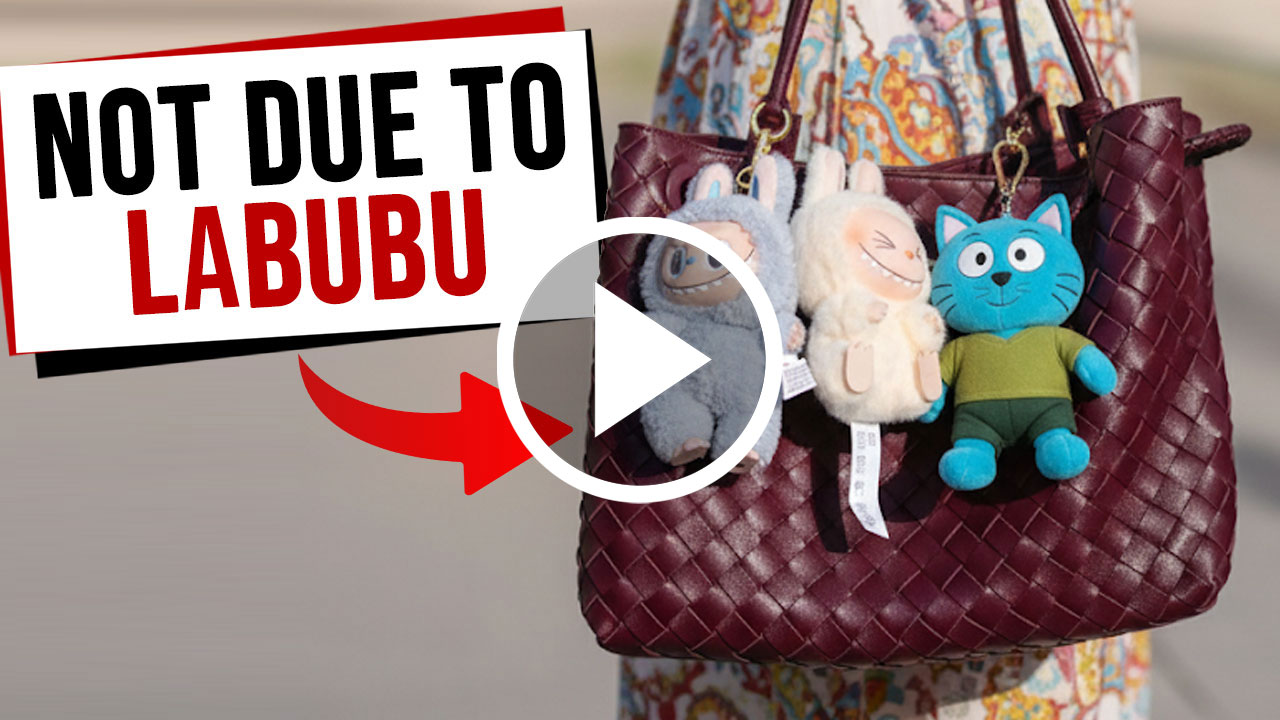Last Updated on 2020-01-19 , 5:25 pm
K-Pop is a lucrative business, and even more so for the people who are managing the industry in the background.
A simple Google search will reveal the astounding income earned (as well as the high commission that is taken by their agency).
Herein lies the question of why and how K-Pop became so popular. For the purpose of this article, I will be focusing on K-Pop groups.
Hint: It’s all about business.
1. Brand Image

The cool factor, or whatever factor the company is selling, is crucial in branding the group. The word “image” is often repeated and emphasized over and over again throughout talk shows.
By having slight control over what the artistes say on shows as well as choosing songs and dance choreography for them, the company shapes the group’s identity.
Having a coherent concept does not confuse the audience and this aids them in recognition.

After a strong consumer base is formed, they are then free to diversify and experiment with other concepts to access its suitability and profitability.
For instance, companies may decide to switch the cute image into a sexier concept after establishing a strong consumer base or if the former image turned out to be unsuccessful.
This not only expands the consumer pie but also keeps the audience interested amidst strong competition from other groups.
2. Quantity

Having so many members in a single group is a risk-averse move. After all, you are bound to like at least one person, right? You can later decide who to ship.
3. Beta Test
Teasers cost both time and money. They help to generate hype prior to the actual launch.
Leveraging on their core fan base who are early adopters, the anticipation of the launch is spread quickly with the aid of social media.

Additionally, it can also serve as a feedback channel for the management to monitor and estimate potential sales based on responses. In essence, teasers can be seen as a form of a beta test.
4. Brand Recall
Most K-Pop groups have their own unique gesture when greeting their fans and this forms part of their identity.

This is also why choruses repeat itself. All of these repetitions aid in brand recall.
I remember that the song “LUV” by A Pink was playing non-stop during my month-long vacation in South Korea in December. The melody was stuck in my head even when I returned back to Singapore.
5. Training
Most artistes, disregarding those who manage to join through back doors, would have been training for a long period of time prior to their debut. This prepares the artistes and equips them with enough knowledge to provide qualitative service, also known as fan service. Which brings me to my next point.
6. Fan Service
Constant engagement and the generation of new content is almost a pre-requisite to staying afloat in the entertainment industry.

Differentiation lies in the extra services provided to build a meaningful business-consumer relationship.
7. Investment in Direct Consumer Touch Points
The company invests in its artistes, who are the Direct Consumer Touchpoints since they are the ones who engage with the audience.
This is similar to how companies send Sales Associates to training programs. The Sales Associates are the ones who are in direct contact with the consumer. In a sense, they are brand ambassadors.
So there you have it, 7 business reasons that contributed to KPop’s success. You can definitely apply these helpful ideas across various industries.




